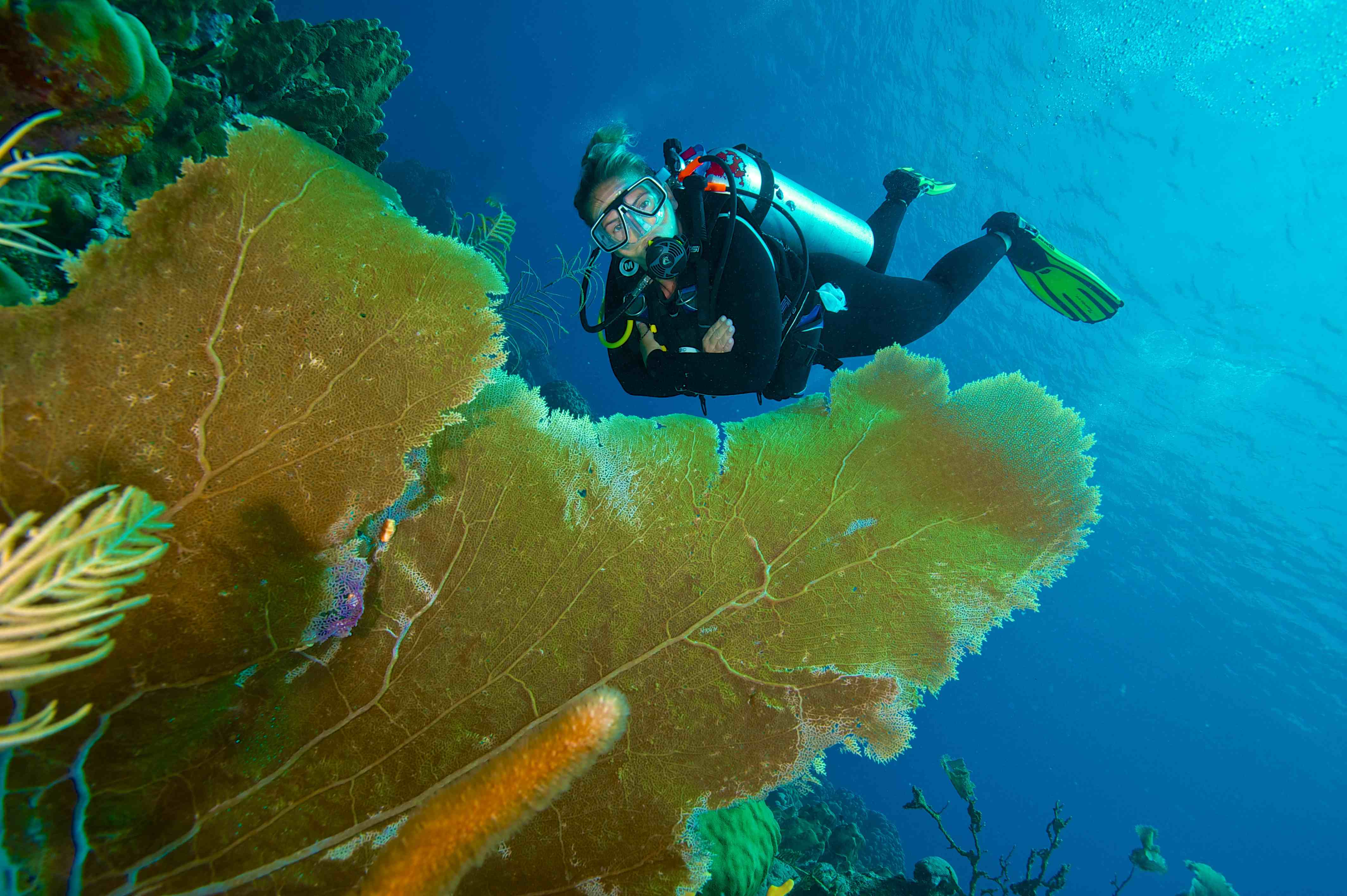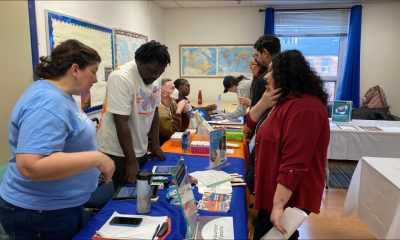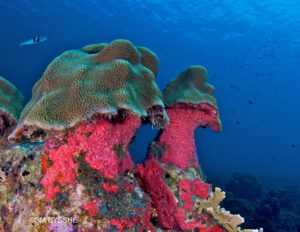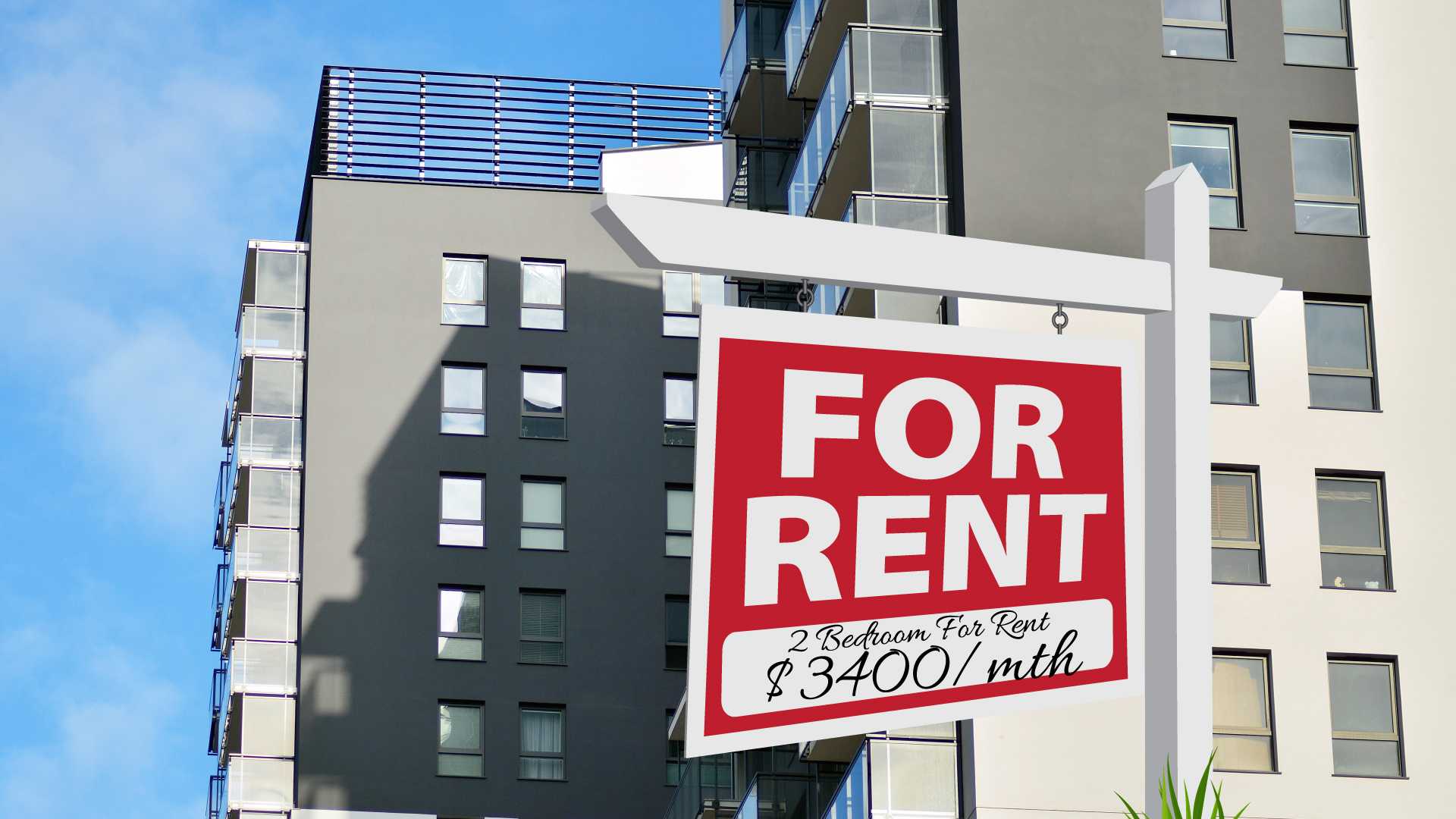BY MICHAEL THOMAS
“After eight years of Trudeau, the average price of a home in Toronto is now over a million dollars and the average rent on a two-bedroom apartment has more than doubled to over $3,200 a month. Canadians can’t afford this and that is why in nearly every city, middle-class Canadians are forced to live in tent encampments.”
The above quote is an attempt to write Justin Trudeau’s biography, or part of his legacy by Scott Aitchison, Conservative Shadow Minister for Housing and Diversity and Inclusion.
According to Aitchison, “Justin Trudeau’s response has been to re-announce a failed loan program, which has only resulted in the completion of 11,000 homes over the course of seven years and create more bureaucracy, which will raise the cost of housing even more.”
What exactly is happening here in Canada? Canadians let us look at the numbers and see if they add up.
According to the RBC Housing Affordability Report, in Toronto, a household earning a median income needed to spend 84.8% of their income just to cover the costs of owning an average home at market price. This metric has “reached its worst level ever.”
It now requires 63.5% of income to buy an average-priced home compared to 2015 when the same measure was 39.3%. The income required to purchase a home in Toronto rose by $11,100 in 2023, to $218,100, according to Ratehub.ca.
A home in Greater Toronto was $1,089,800 in February 2024, compared to $601,800 in October 2015. A rise of almost double the cost. Which working-class family can afford this in present-day Toronto? This information is from the Canadian Real Estate Association.
According to the National Bank, it now takes 25 years to save for a down payment in Toronto. The mortgage payment as percentage of income is 87.8% in Toronto.
I hope that this information takes care of the question, why are so many Torontonians homeless or living in their cars? Maybe not. Here are some troubling homeless stats.
“As of October, [Toronto] is sheltering 10,700 people and turning away approximately 275 others on a daily basis,” said Gord Tanner, the city’s Director of homelessness initiatives. “Growing number of homeless people turning to ERs for shelter and warmth in Ontario. In Toronto hospitals specifically, those cold-weather ER visits by homeless people skyrocketed by 68%.”
Let’s look at where our Canadian tax dollars are going and see if any meaningful progress is being made.
The Apartment Construction Loan Program is an existing program that was rebranded in the 2023 Fall Economic Statement. It was previously the Rental Construction Financing Initiative (RCFI) which was created in 2017. When the program was launched in April 2017, it promised $25.65 billion in loan financing and had an original goal of creating 71,000 new rental housing units by 2027/28. However, in the 7 years since the program launched it has committed $18.19 billion in loans, which has only resulted in the completion of 11,208 homes, as of the latest data from December 2023.
After re-announcing and rebranding the program in the 2023 Fall Economic Statement, Trudeau’s government topped up the program with funding for an additional $15 billion in loans, bringing the total available loans to over $40 billion.
Trudeau’s regime was promising Canadians that this additional funding would create 30,000 additional units, bringing the total units to 101,000 even though the program is not coming anywhere close to completing the original 71,000 homes promised to Canadians in 2017.
Now, the Liberals announced that in Budget 2024, they would fund an additional $15 billion in loans, bringing the total to $55 billion even though less than half of the loans already available under the program have been awarded. Once again Trudeau’s regime promised that this additional funding would support the creation of an additional 30,000 new apartment units, bringing the total to 131,000 units promised with only 11,208 or 8.5% completed. In layman’s terms, Canadians’ tax dollars were spent, and they were lied to.
I spoke to Sam Lilly who is the Press Secretary – shadow cabinet from the office of the leader of the Official Opposition. “From 2015 to now, what has happened,” I asked him?
“We’ve seen Justin Trudeau’s inflationary spending and taxes have put pressure on interest rates and cost of living after Trudeau printed 600 billion worth of money.”
“According to CMHC,” Lilly said, “We are short 5.8 million houses in Canada, and those houses have to be built in the next decade and we are way off target.”
“The next problem,” he said, “is that Justin Trudeau keeps giving money to these municipalities that are blocking the permitting of homes. There is a sort of ‘not in my backyard NIMBYism,’ and Justin just keeps feeding them money –no questions asked.”
The alarming rise of almost double the cost in present-day Toronto creates an insurmountable burden for working-class families, rendering housing increasingly unattainable. Such an escalation disproportionately affects marginalized communities, exacerbating the existing economic disparities. The profound impact of this surge extends beyond mere financial strain, as it amplifies societal inequalities, perpetuating cycles of poverty and exclusion. Urgent measures are imperative to address this crisis and safeguard the fundamental right to adequate housing for all residents, regardless of socioeconomic status.
The repercussions of Justin Trudeau’s inflationary spending and tax policies have become increasingly apparent, exerting significant pressure on interest rates and the cost of living. As citizens navigate these economic challenges, it becomes imperative for policymakers to prioritize measures that promote stability, fiscal responsibility, and sustainable economic growth to alleviate the burden on households and ensure long-term prosperity for all Canadians.
REFERENCES:
https://www.ratehub.ca/blog/2023-marks-a-terrible-year-for-home-affordability/
https://www.crea.ca/housing-market-stats/mls-home-price-index/hpi-tool/


 Community News2 weeks ago
Community News2 weeks ago
 Community News2 weeks ago
Community News2 weeks ago
 Community News2 weeks ago
Community News2 weeks ago
 Community News2 weeks ago
Community News2 weeks ago
 Community News2 weeks ago
Community News2 weeks ago
 Community News1 week ago
Community News1 week ago
 Community News2 weeks ago
Community News2 weeks ago
 Community News2 weeks ago
Community News2 weeks ago

 BY SELINA McCALLUM
BY SELINA McCALLUM “This year’s Festival is designed to bring awareness to Curaçao as a world-class destination for diving and vacationing,” said Bryan Horne, the creator, and founder of The Dive Curaçao Network.
“This year’s Festival is designed to bring awareness to Curaçao as a world-class destination for diving and vacationing,” said Bryan Horne, the creator, and founder of The Dive Curaçao Network.
 “We need to talk about the cultural heritage, the history of Curaçao, the food, the music, and really get people involved in what’s happening here on the island, on top of the conservation aspect. We need to protect the reefs in order to sustain it for the future,” said Horne.
“We need to talk about the cultural heritage, the history of Curaçao, the food, the music, and really get people involved in what’s happening here on the island, on top of the conservation aspect. We need to protect the reefs in order to sustain it for the future,” said Horne. Curaçao is rich with marine life which almost guarantees that every dive is a new experience, and an opportunity to see diverse marine life. This is also an opportunity to appreciate the need to learn more about the fringing coral reefs and how to sustain them for future generations.
Curaçao is rich with marine life which almost guarantees that every dive is a new experience, and an opportunity to see diverse marine life. This is also an opportunity to appreciate the need to learn more about the fringing coral reefs and how to sustain them for future generations.






















